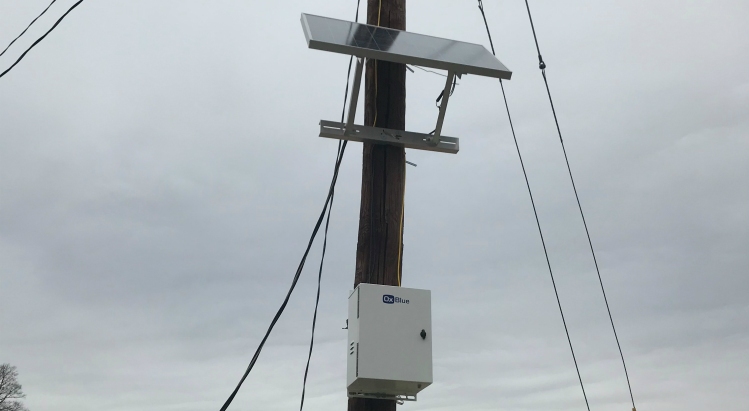Skanska wasn’t planning to use a solar panel to power a live camera at the site of the Kendeda Building for Innovative Sustainable Design. But you have to admit: It’s fitting.
Now, the world is watching — literally — as the greenest academic building in the southeast takes shape. That’s thanks to a live feed which will be streaming from the job site around the clock 24/7/365 until the project is complete.
Skanska, the general contractor, originally planned to power the camera from an overhead line to the time-lapse live-cam that’s now installed on the site. But Dennis Hortman, construction superintendent for general contractor Skanksa, explains that ongoing infrastructure improvements on Georgia Tech’s campus happened to coincide with the hookup.
“We didn’t realize that [Georgia Tech] was in the midst of running their power lines underground,” Hortman says. So, by the time the installers arrived, there was no hookup.
No biggie. Oxblue, the company that installs and operates the cameras, offers the option of powering their equipment with a small solar panel — which seems appropriate considering that the camera will monitor the construction site for a building that eventually will get all its electricity from the sun.
For a variety of reasons, such live-cams are now common at commercial construction sites. They’re a turnkey service: Oxblue installs the camera, maintains it and hosts the images on its own site. They allow project teams to monitor progress. They deter theft. And they can help settle disputes over who was responsible for what during construction.
For a high-profile project like the Kendeda Building, they also allow us voyeurs to keep an eye on the building’s progress, and they generate really cool stop-motion time-lapse views with the push of a button.
Check out the live-cam below. I’ve also embedded a smaller version of the viewer in the sidebar to the right.


